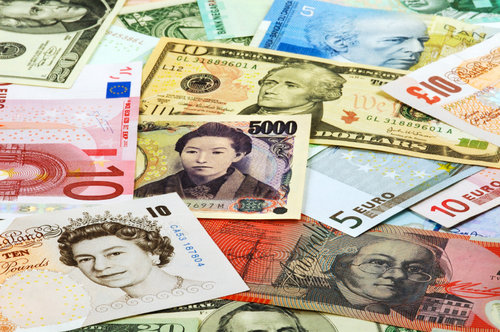Foreign home sales have been a big deal in the U.S., but could the strengthening economic climate change that?
Foreign real estate has been a big deal in the U.S. during the housing recovery, and the numbers speak for themselves – from 2013 to 2014, we reported, foreign home sales rose 35 percent, soaring from $68.2 billion to $92.2 billion and accounting for 7 percent of the total existing-home sales marketplace.
But that was then. Now, the United States is among the strongest economies in the world, and the unintended consequences of that development has rendered U.S. real estate a much more pricey prospect for consumers in many foreign countries.
Exchange Rates Bolstering Value of U.S. Real Estate
It all comes down to exchange rates. During 2013 and 2014, the U.S. dollar compared favorable with the exchange rates in other countries, meaning that a wealthy consumer in Brazil, Russia or Venezuela could buy a U.S. home for a reasonable price.
Now, though, the U.S. dollar is much stronger, and real estate in the U.S. has become much more expensive for some countries, according to NAR research. How much more expensive? Check out our graphic below for an idea:
That’s right – a median-priced home in the U.S. is now 41 percent more expensive for Brazilians; 121.7 percent more expensive for Russians; and an incredible 194.7 percent more expensive for Venezuelans; of course, the currency woes in those countries do not help matters, either.
Foreign Home Sales in 2015
What will such a development mean for foreign home sales in 2015? It’s impossible to determine at this stage, but we can safely state that even in stable economies – U.S. homes are 22.4 percent more expensive for Canadians – U.S. are not quite the bargain they once were.

